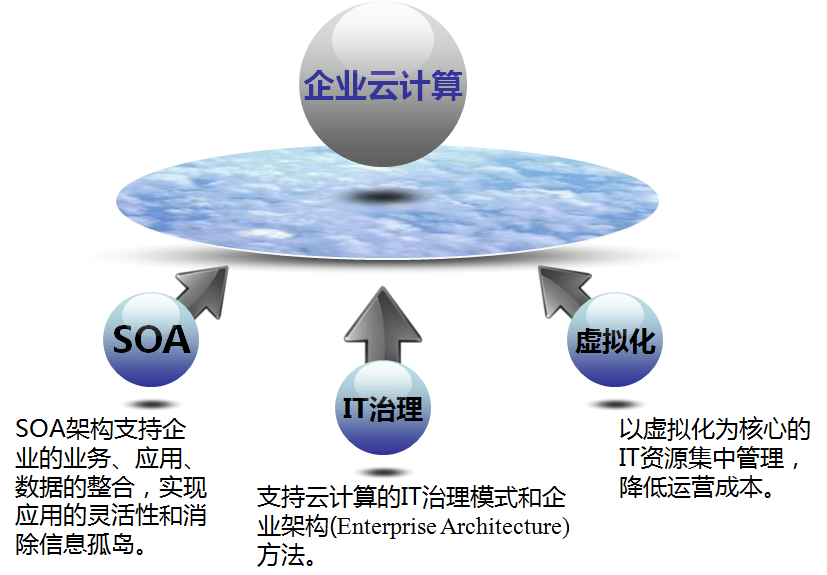
-
Minimize inventory M without affecting delivery; -
Reduce the cost of maintaining existing goods -
Reduce the number of supplements; -
Reduce the transportation costs related to the delivery of goods; -
Eliminate activities that do not add value to the company or customers.
-
Database connection: share and copy information through a database. -
Application connection: multiple application systems of an enterprise share business processes and data. -
Data warehouse: extract data from different data sources for centralized analysis. -
Public virtual system: combines all aspects of enterprise computing to form a unified application system.
